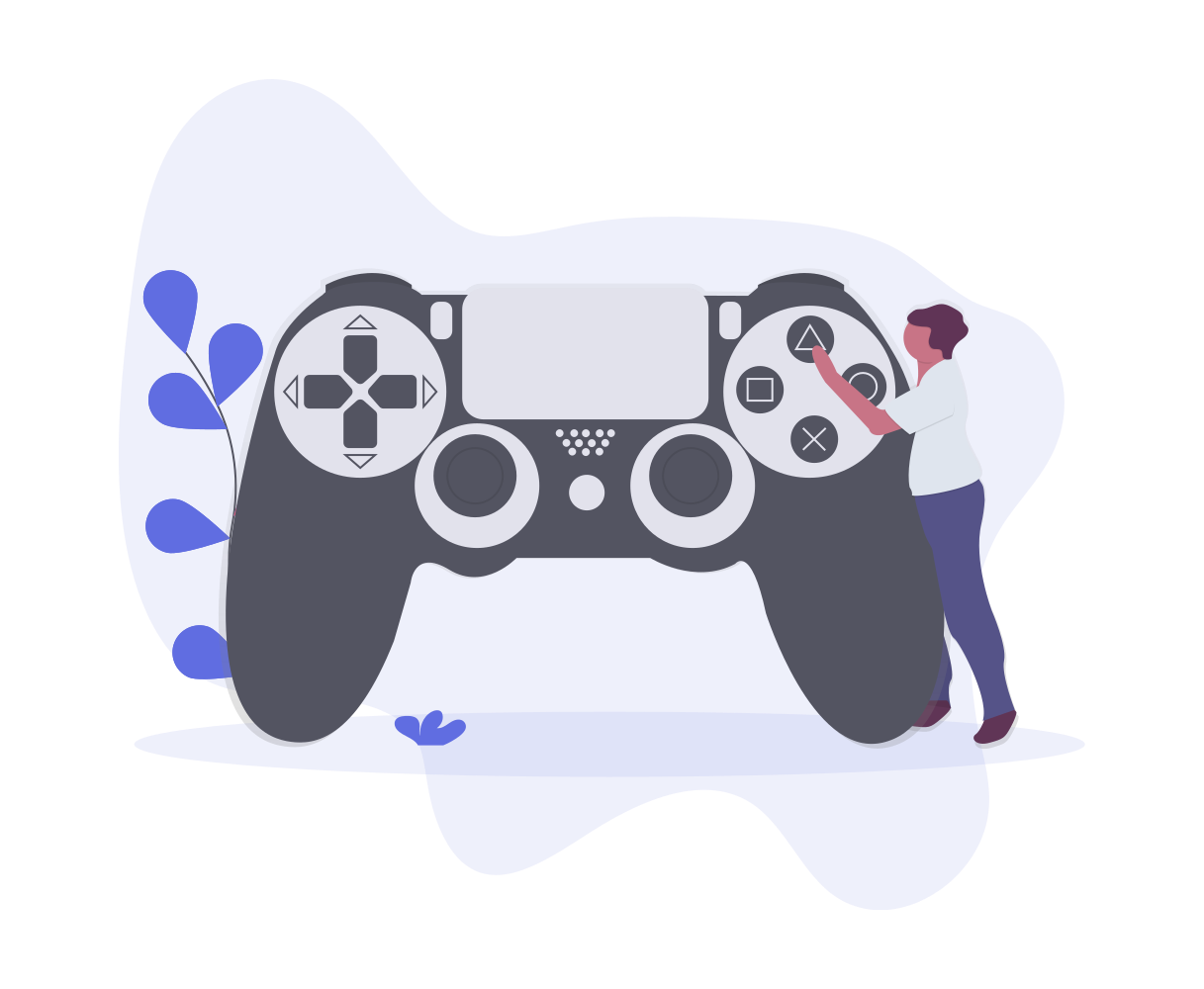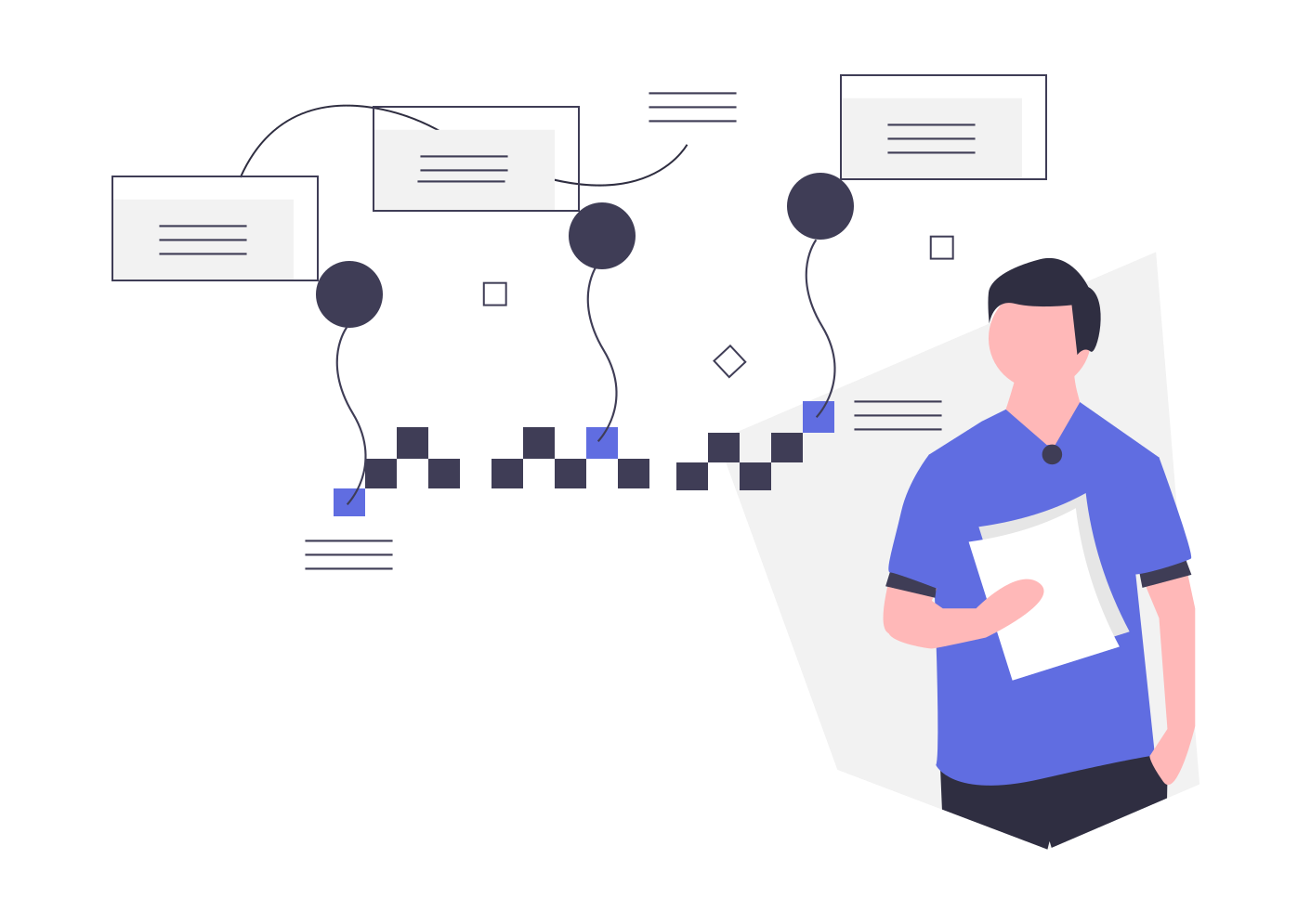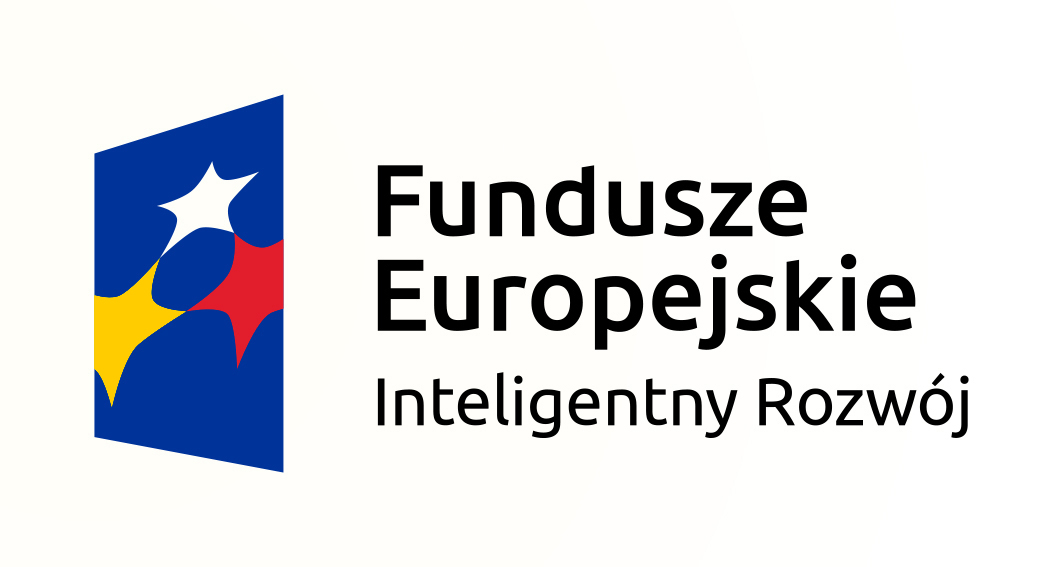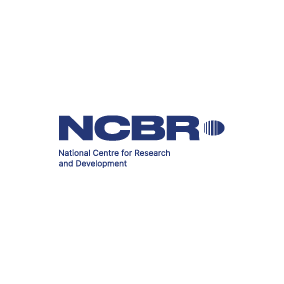Research project: Gameinn
The project is implemented under Framework1.2 of the Intelligent Development Operational Programme 2014-2020, co-financed by the European Regional Development Fund.
The need
The solution proposed by Aidmed. is an answer to the growing demand from producers of computer games to increase the realism of the control of the game world by using signals reflecting the physical activity, emotions and involvement of the player.
Game developers are in a constant “arms race” to attract the largest possible community of players. One of the elements of this race are initiatives aimed at increasing the integration between the player and the game world. The aim of the AID2GAME project is to develop functions and libraries (in the form of SDK) that enable the transformation of signals measured from the player’s body into structured data sets representing specific motor activities and emotional states.
The results achieved in the project will make it possible to integrate the Aidlab recorder with any game, which will allow the applicant to appear on the computer games market. Aidmed. is the manufacturer of the Aidlab https://www.aidlab.com/ sensor, which makes it possible to measure respiratory activity, body temperature, acoustic signal, position/movement activity, and ECG signal.


Aidlab has found over 300 buyers, including Stanford University and Boeing Global Services (Jeppesen). The project will result in AID2GAME, an SDK of tools that perform functions:
- transformation of large amounts of data from biometric sensors to a low-dimensional representation describing the physiological status,
- segmentation and classification of movement activities (e.g., jumps, squats),
- measurement of player engagement.
The SDK libraries will provide pre-trained motion activity classifiers based on machine learning methods, as well as tools for expanding the activity catalog (through activity demonstration) and personalizing the classifiers (adapting to the individual player’s movement profile).




